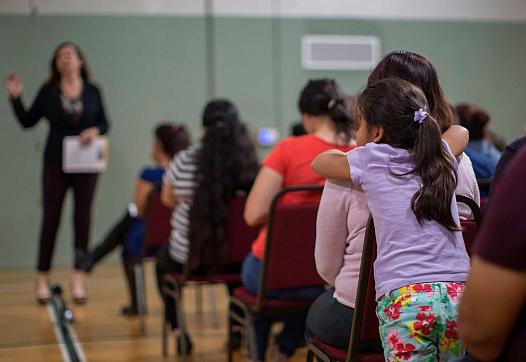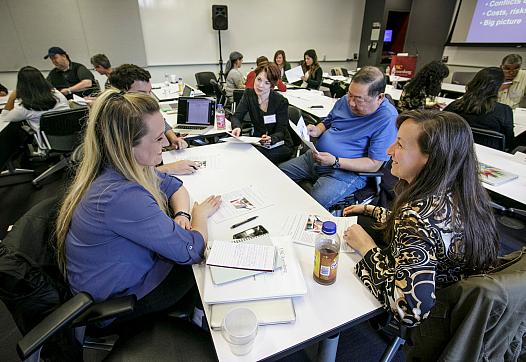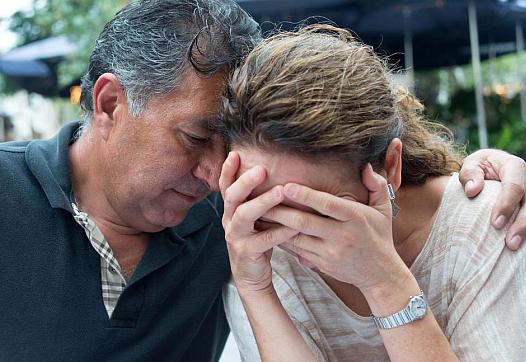
In one immigrant community along Central California's coast, a crisis response team stands ready to coordinate services for families who’ve been hit by an arrest or deportation.

In one immigrant community along Central California's coast, a crisis response team stands ready to coordinate services for families who’ve been hit by an arrest or deportation.

STDs have been on the rise nationwide for the past five years, and South LA has some of the highest rates in the county. The problem is driven in part by high levels of racial segregation.
![[Cropped image by Maryland GovPics via Flickr.]](/sites/default/files/styles/teaser_list_thumbnail_large/public/title_images/unnamed_10.png?itok=TF9RhBt0)
I remember the first time I heard about black infant mortality disparities. I was at a conference last summer on perinatal health and there was one presentation focused on the topic. The chilling statistic was uttered over and over again: black infants in the United States are twice as likely to die

Ruben Castaneda of U.S. News and Cristina Londoño of Telemundo reported very different series on immigrant health. But both reporters had to win the trust of undocumented families for their projects.

A new project from The Plain Dealer will listen to the voices of Cleveland children sharing what it's like to grow up, play, go to school and live in this city — and what needs to change. But some early reader responses have been troubling.

Looking for story leads on the underlying factors driving health in your community? The 2018 County Health Rankings offer a wealth of datapoints on what influences a community’s health.

This reporting is supported by the University of Southern California Center for Health Journalism National Fellowship.

It’s hard to imagine a more urgent time than this one, when it comes to supporting great journalism on the health challenges facing Californians.

Two of the country's leading researchers and a top reporter on gun violence in the U.S. discuss how to cover the epidemic of violence as an urgent and overlooked public health problem.

The negative psychological effects over fear of enforcement actions by ICE agents are being felt most acutely by undocumented parents and parents who have temporary protected status.